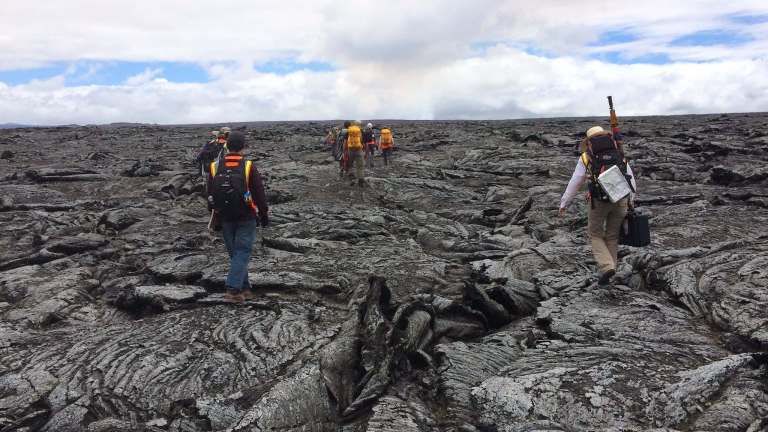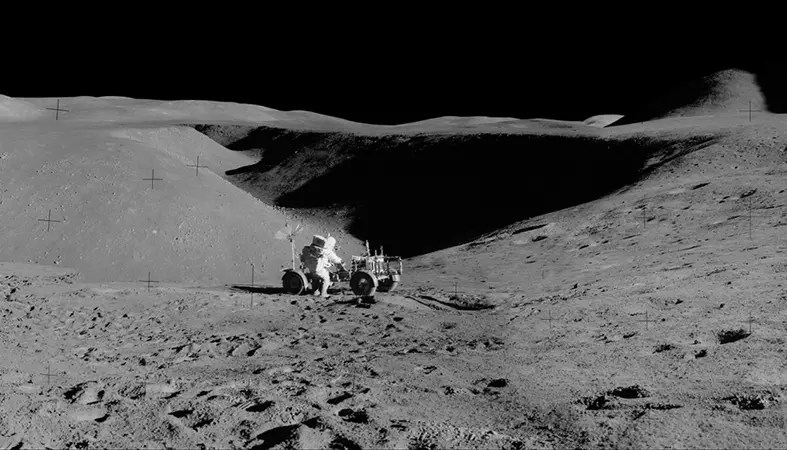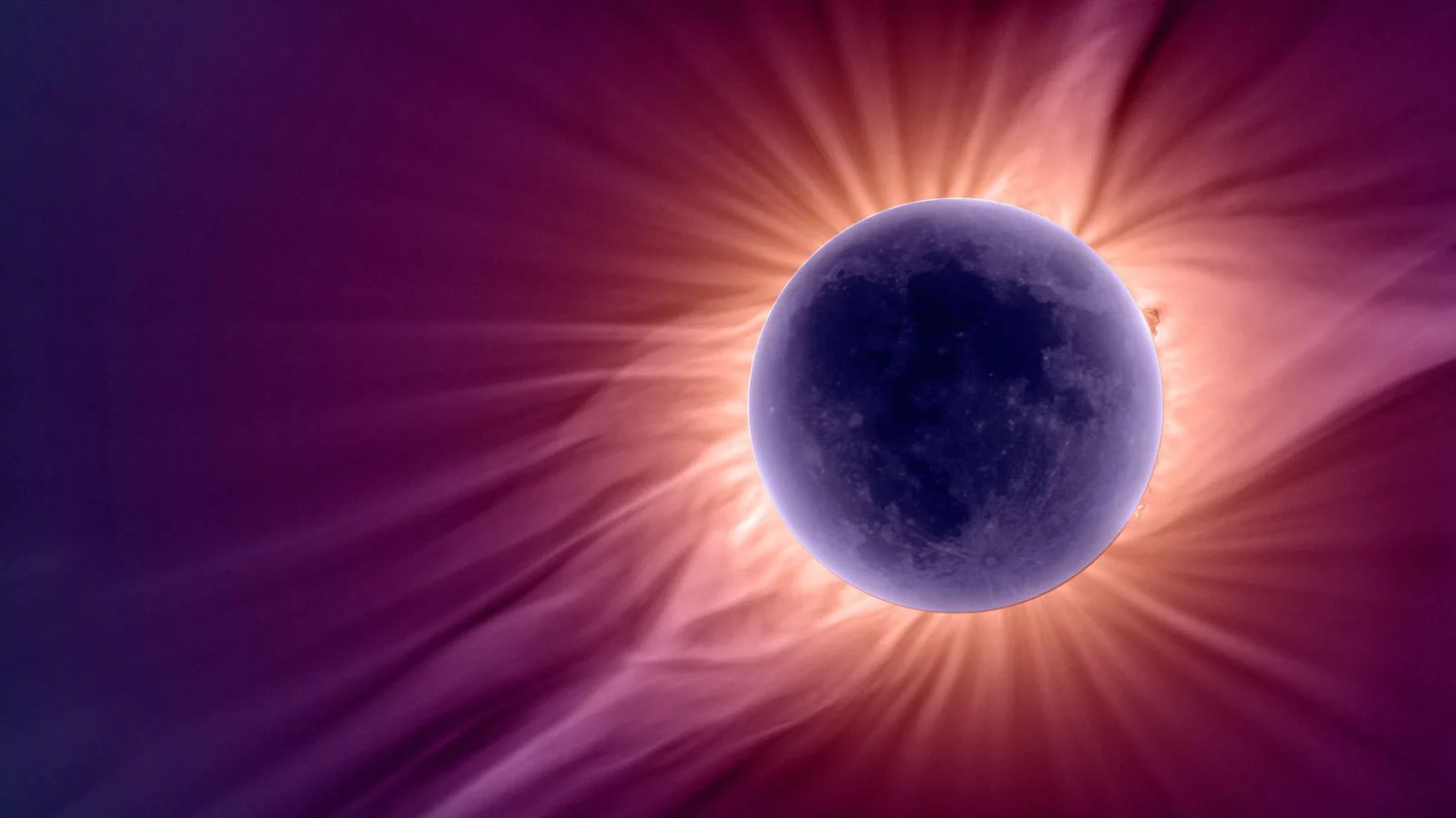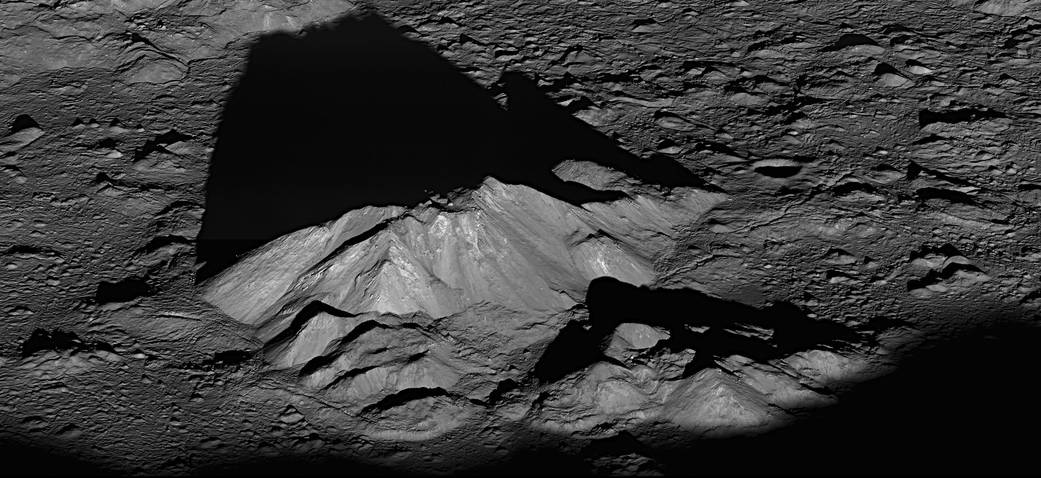What is Moonlight?
The Moon does not make its own light. "Moonlight” is actually reflected sunlight. At any moment, half of the Moon is brightly sunlit (this is the day side). The other half is in the dark (this is the night side). Throughout the month, as the Moon rotates and orbits, day and night occur on different parts of its surface, just like on Earth. Unlike our planet, though, the Moon takes a whole month to complete one rotation. This means that lunar day and night are each about two Earth weeks long.
NASA’s Scientific Visualization Studio.
The View From Home
We always see the same face of the Moon from Earth—the “lunar nearside.” Each month, as day and night sweep across the lunar nearside, the sunlit part of our view takes on a series of familiar shapes: crescent, half-moon, full, and more. Moon phases are really just the overlap between lunar daylight and the Moon’s Earth-facing side.
What Color is the Moon?
From here on Earth, the sunlit part of the Moon usually looks bright, almost white. This is an illusion. The brightness of the Sun’s reflected light makes it difficult to see the Moon’s actual color from a distance. A closer look reveals that much of the Moon’s scenery comes in shades of dark gray, like rocks found near volcanoes on our own world. The Moon has volcanic rock from ancient lava flows ― and these dark-colored materials absorb most of the visible light that reaches them.


Similar Landscapes, Different Worlds
Kilauea and Hadley Rille
Overall, only about one-tenth of the sunlight that hits the Moon is reflected back into space. This ratio of reflected light is called albedo. For comparison, our watery planet bounces about three-tenths of incoming rays back into space. Venus has an even higher albedo than Earth, reflecting well over half of the sunlight that reaches it.
So, how does the dark, volcanic Moon outshine Venus in our sky? It all comes down to distance. The Moon orbits Earth at an average distance of about 239,000 miles (385,000 kilometers). That’s a long way by human standards, but almost nothing compared to the tens of millions of miles that separate Earth and Venus. Thanks to this relative closeness, a full moon directs enough sunlight towards our planet to cast sharp shadows on the ground. The Moon’s albedo may be tiny, but even a small amount of reflected sunshine is enough to make the Moon seem brilliant from our perspective on Earth.

The “Man in the Moon” and Other Stories
If you’ve ever found a face, an animal, or another image in the Moon’s patterns of darker and lighter gray, you have compared albedos for yourself! The Moon’s ancient, hardened volcanic seas are made of basalt. These areas reflect less light (have lower albedo). The lunar highlands look brighter because they contain more reflective (or higher-albedo) rocks, like anorthosite.
Next time you observe the Moon, you’ll know: those darker-gray patches are really vast oceans of cooled lava.
LRO: A Closer Look
Telescopes and robotic explorers let us look even more carefully at the Moon’s albedo patterns. Images captured by NASA’s Lunar Reconnaissance Orbiter (LRO) show small variations in great detail. Scientists use albedo data and other evidence to figure out what the lunar landscape is made of.
Writer: Caela Barry, NASA's Goddard Space Flight Center
Science Advisors: John Keller, Bill Farrell, NASA's Goddard Space Flight Center
Banner image credit: International Observe the Moon Night participant Astrofili Ceriana

































